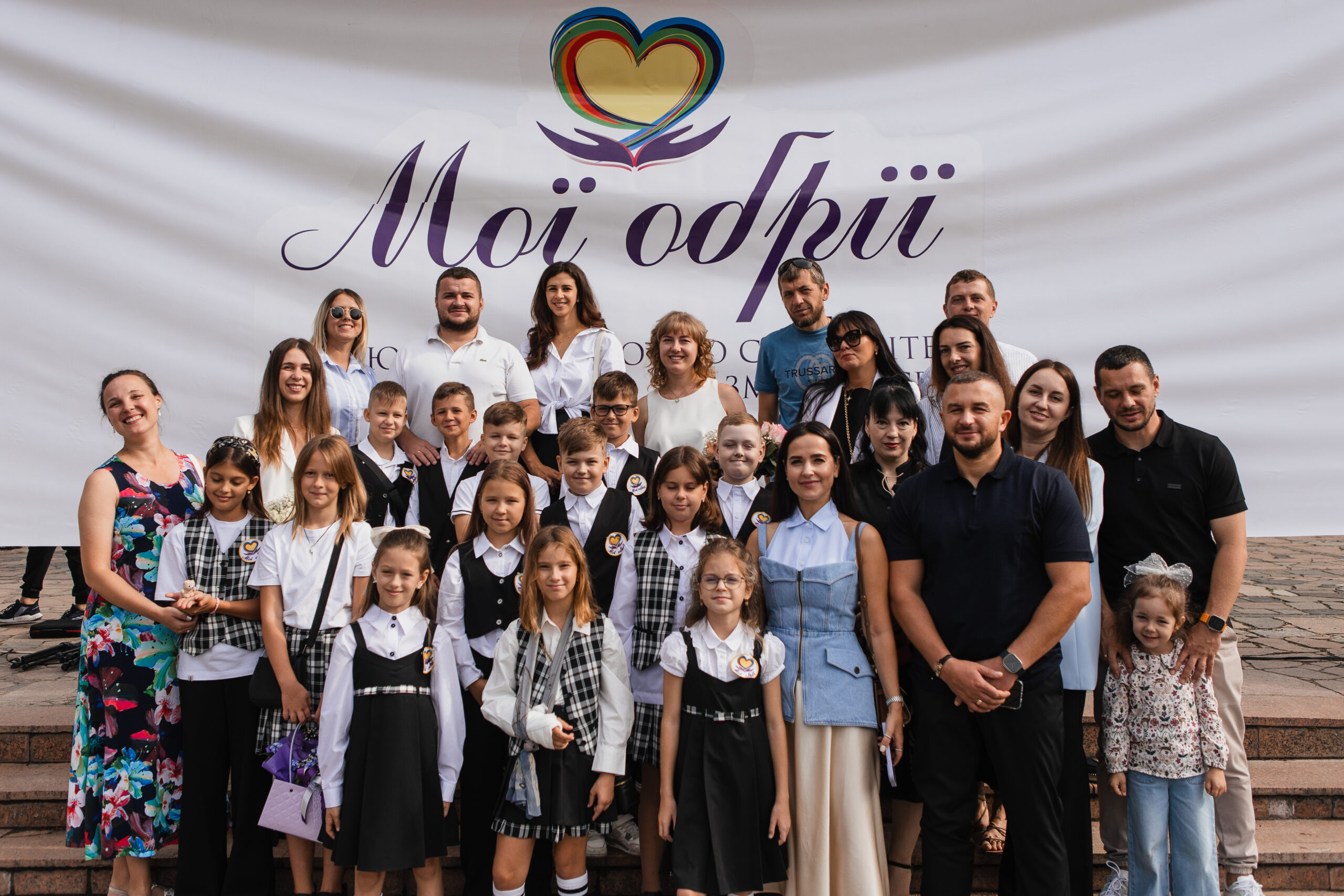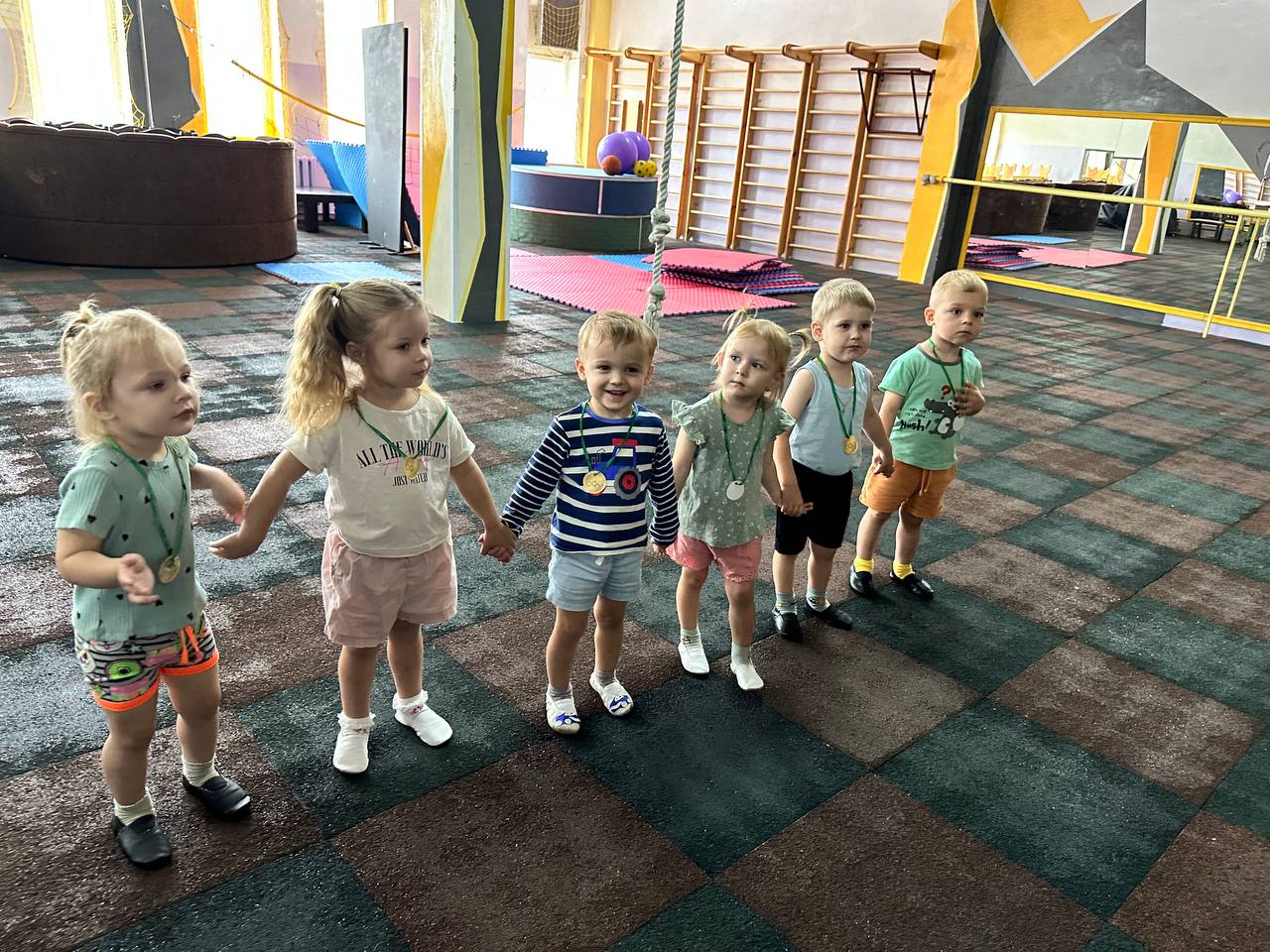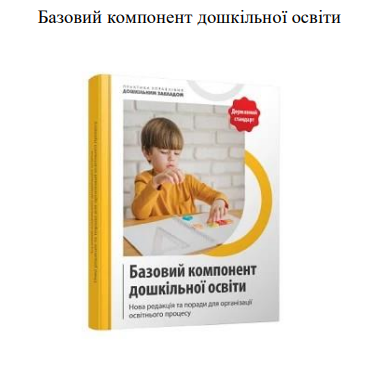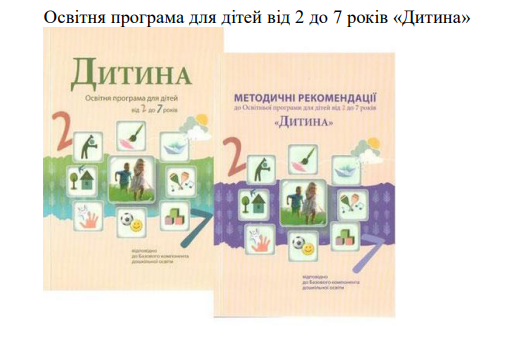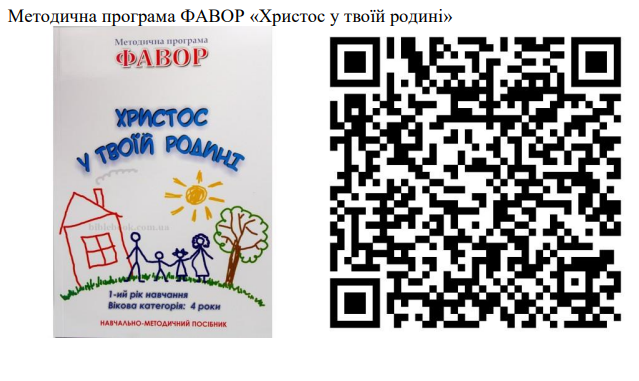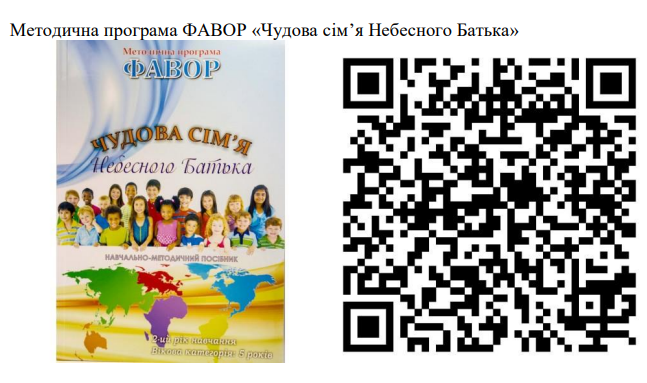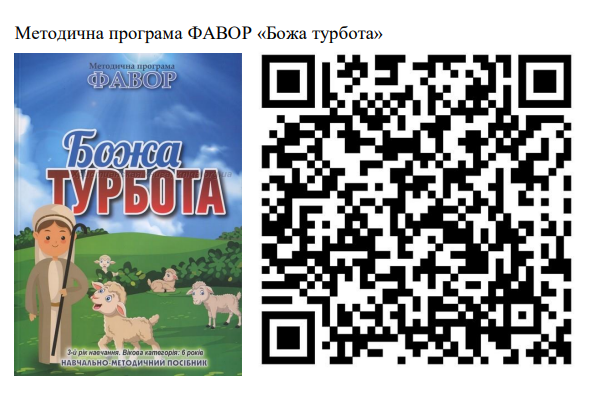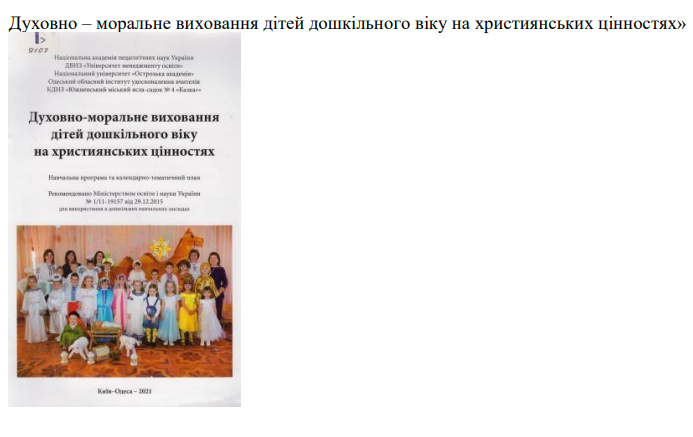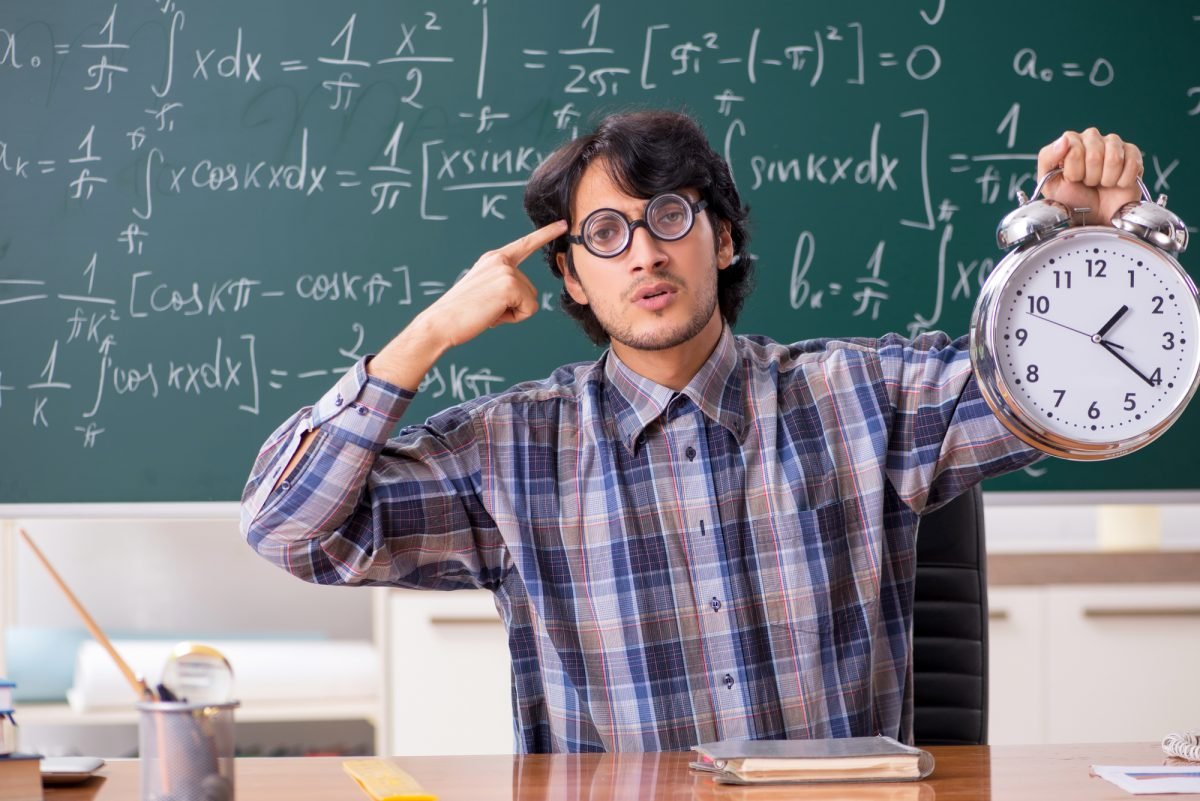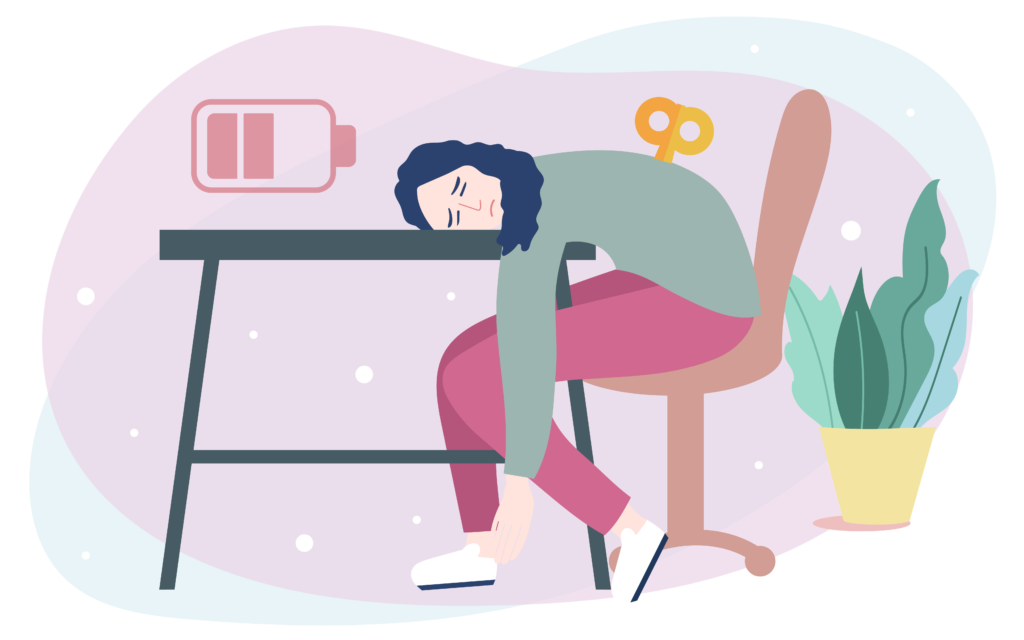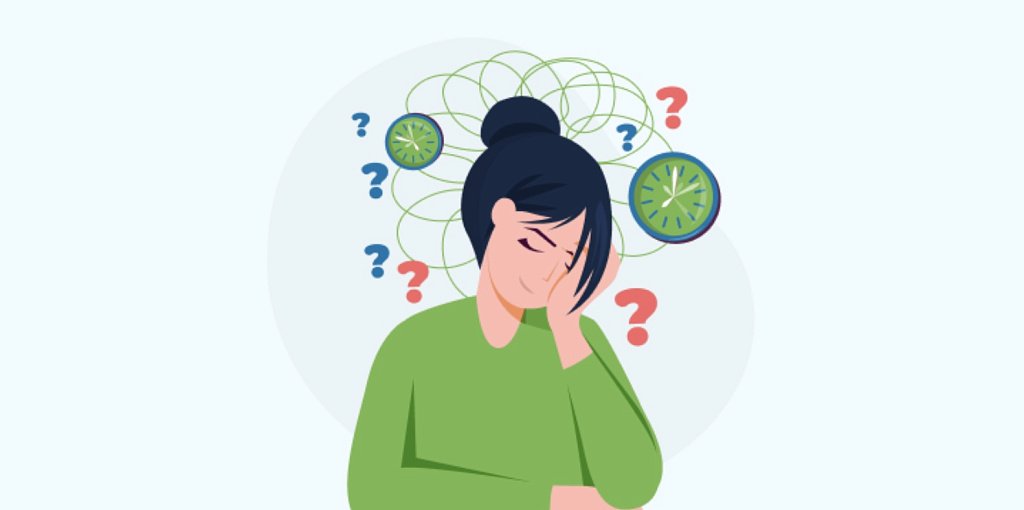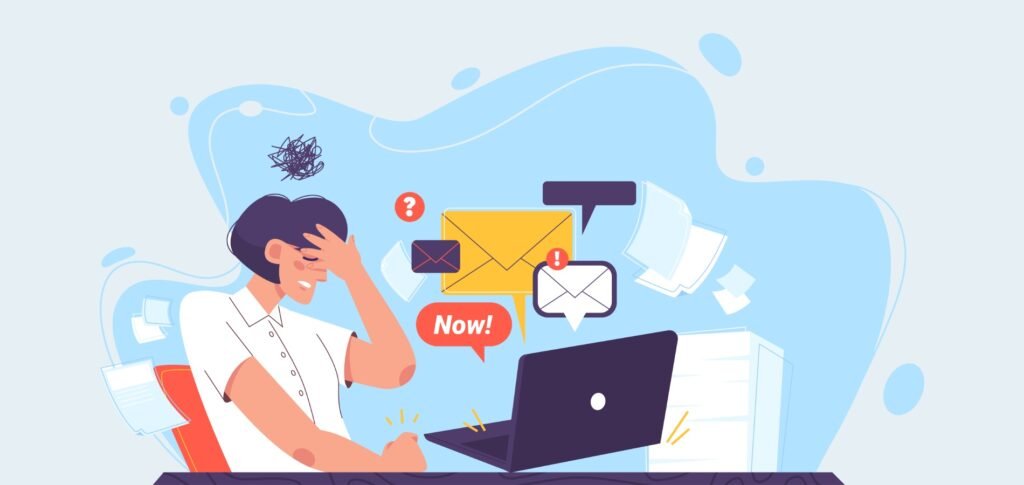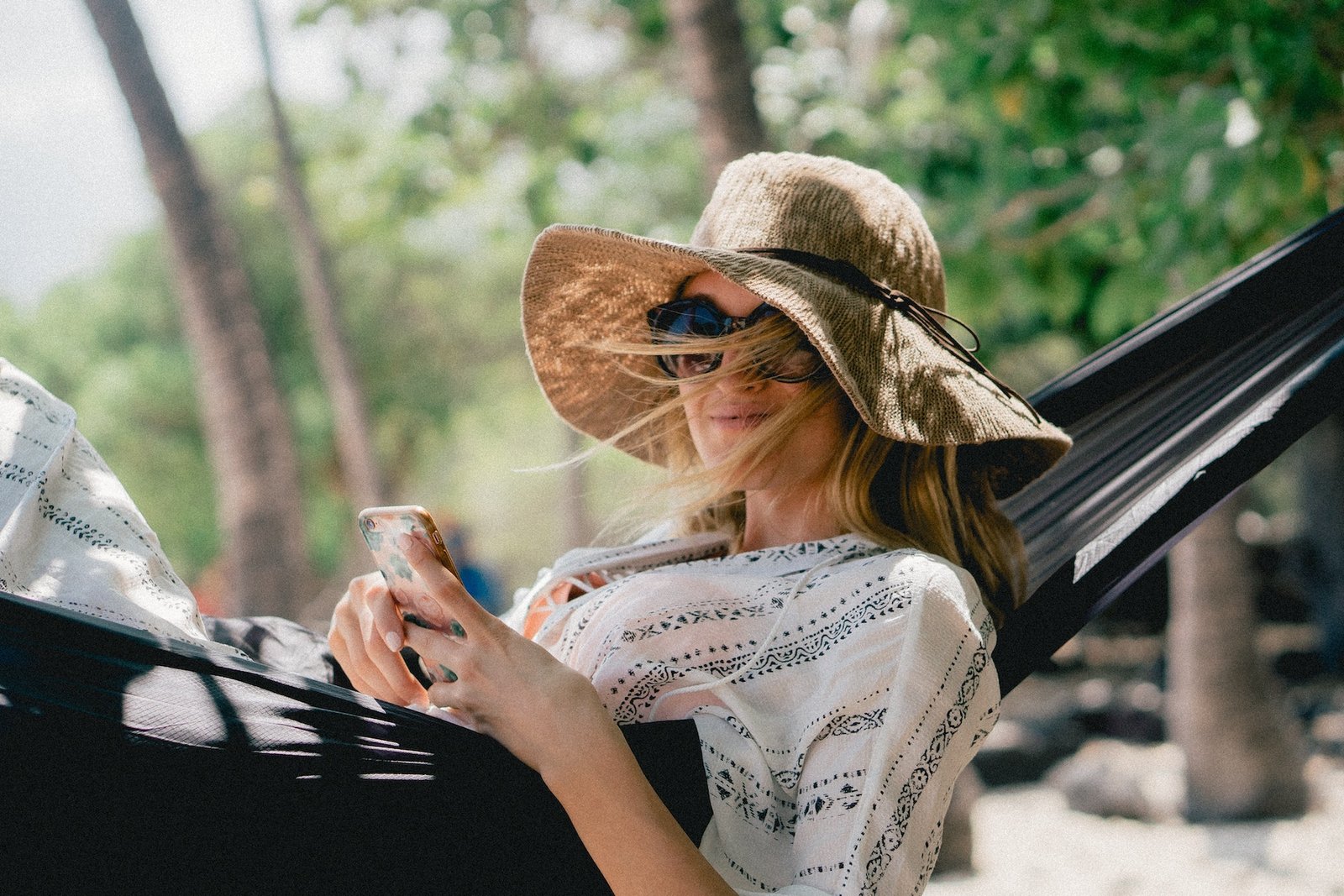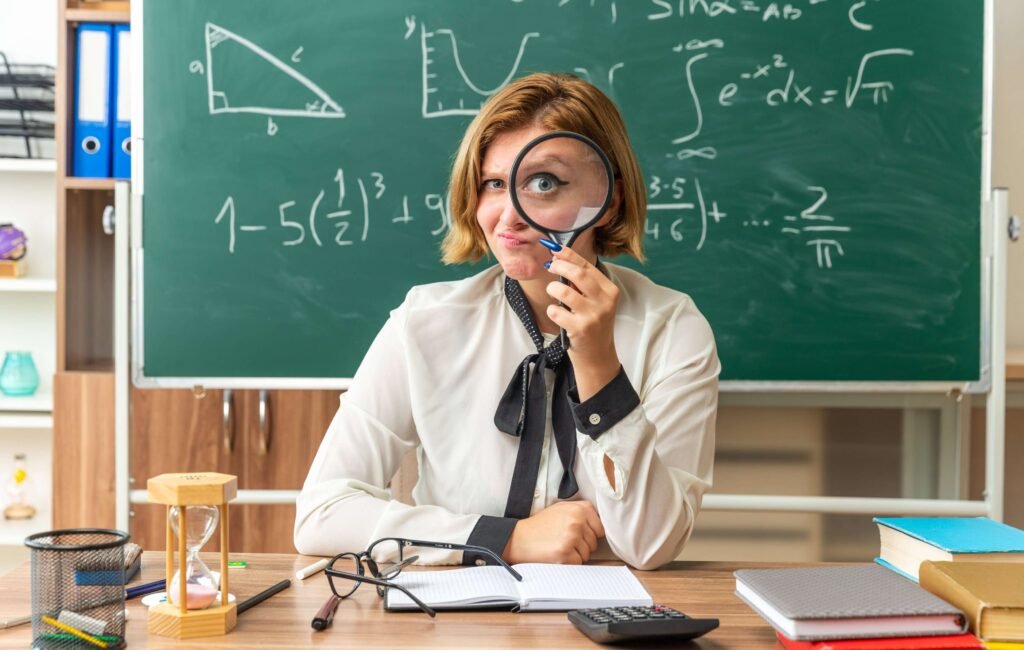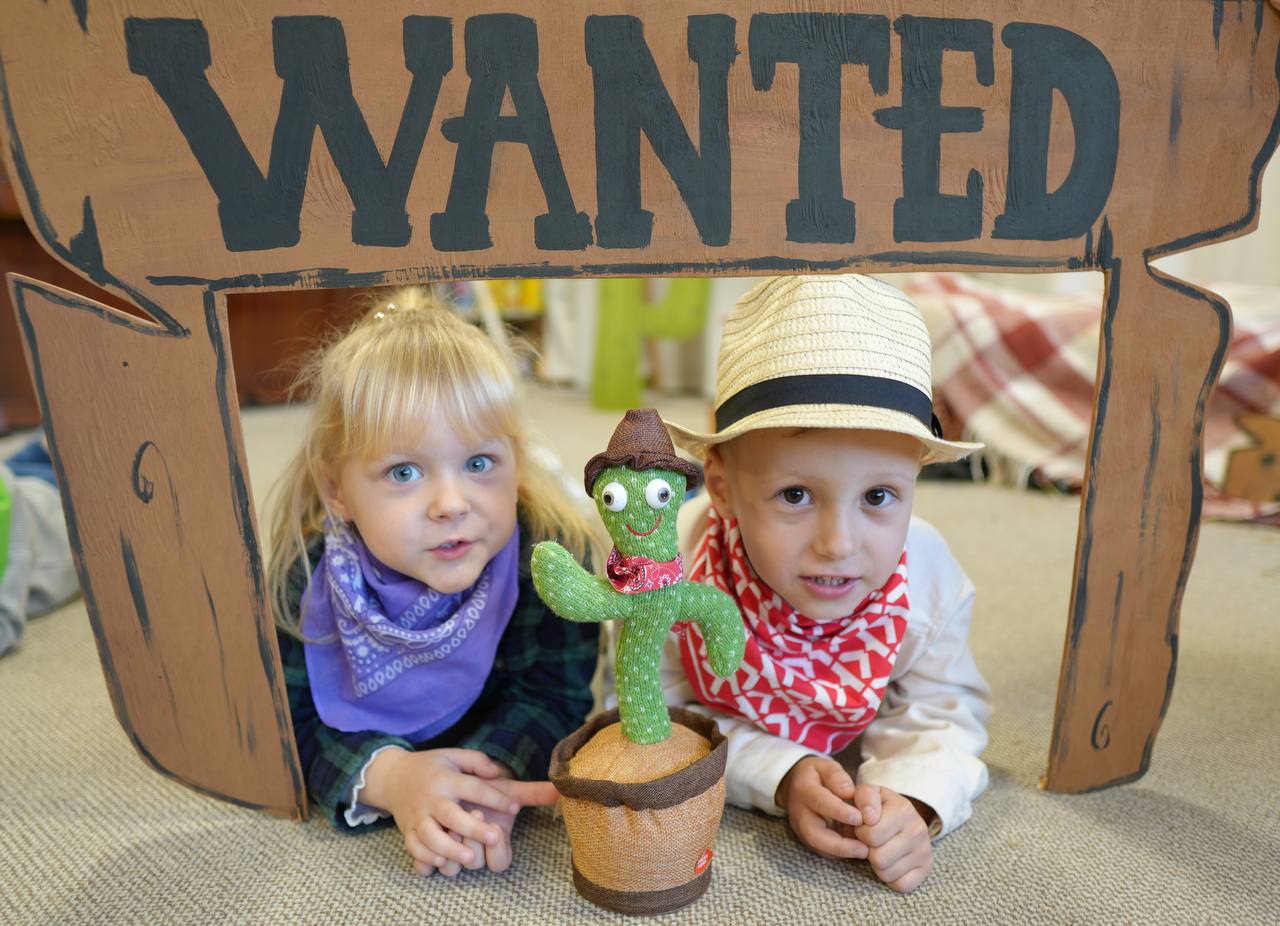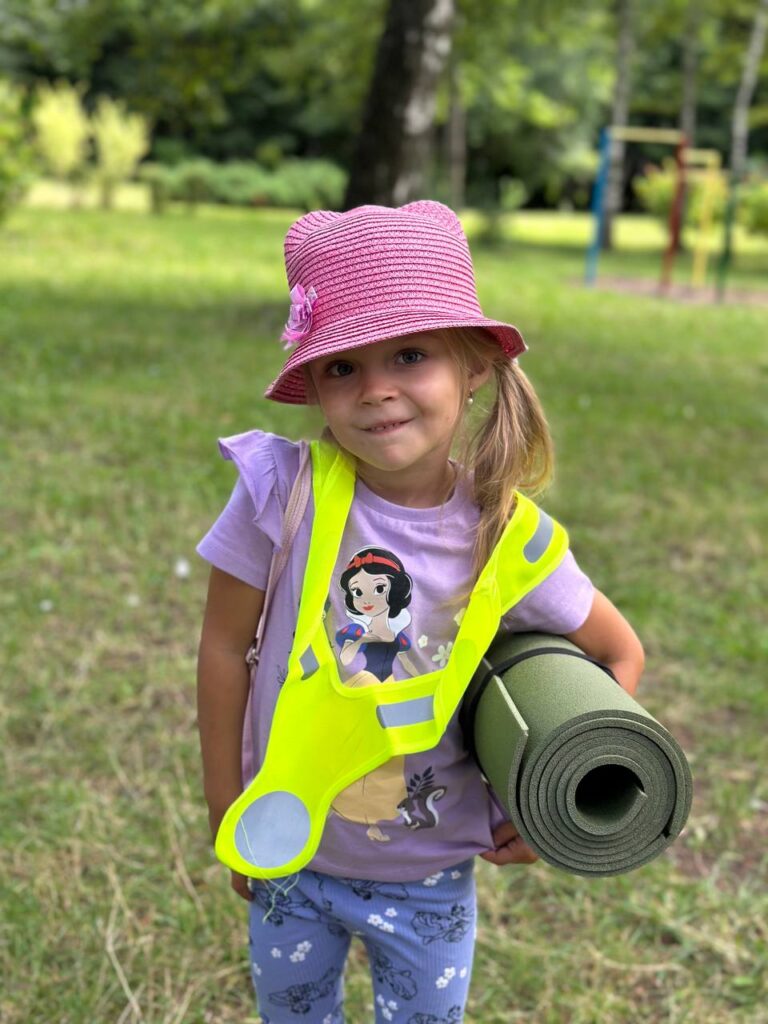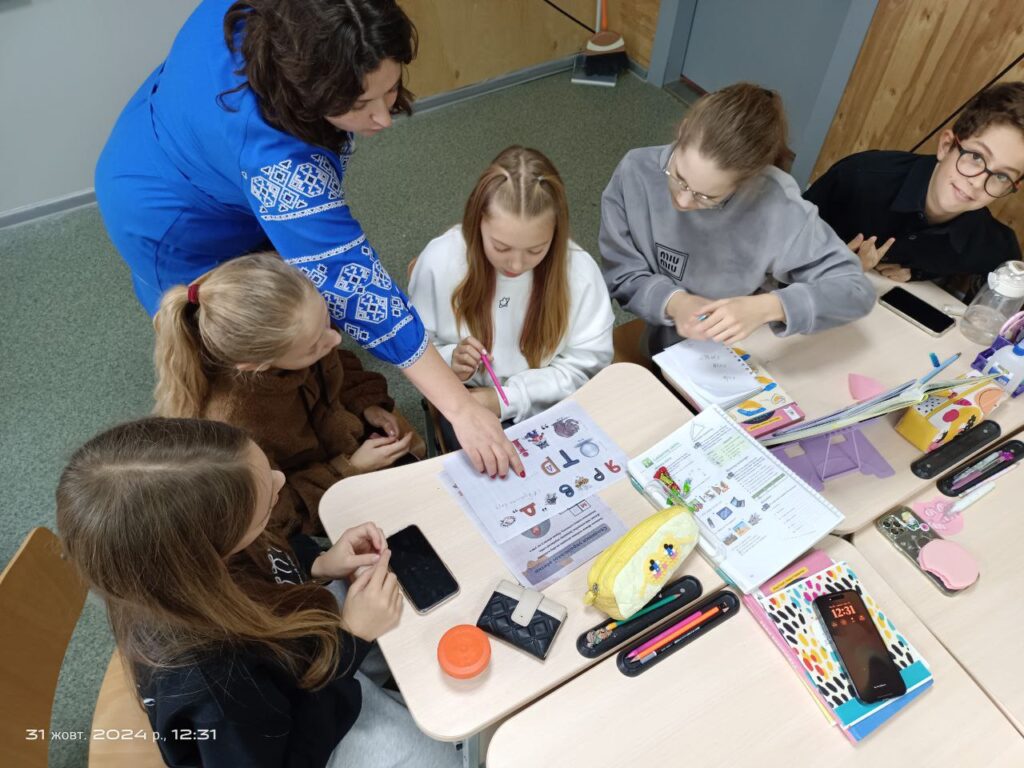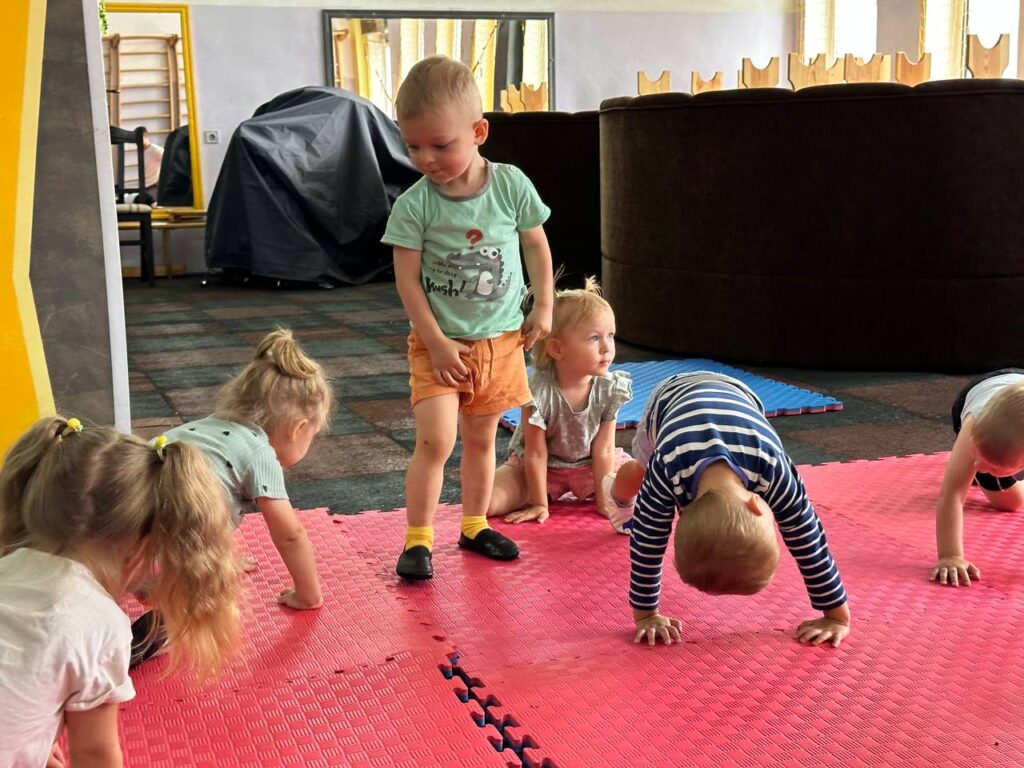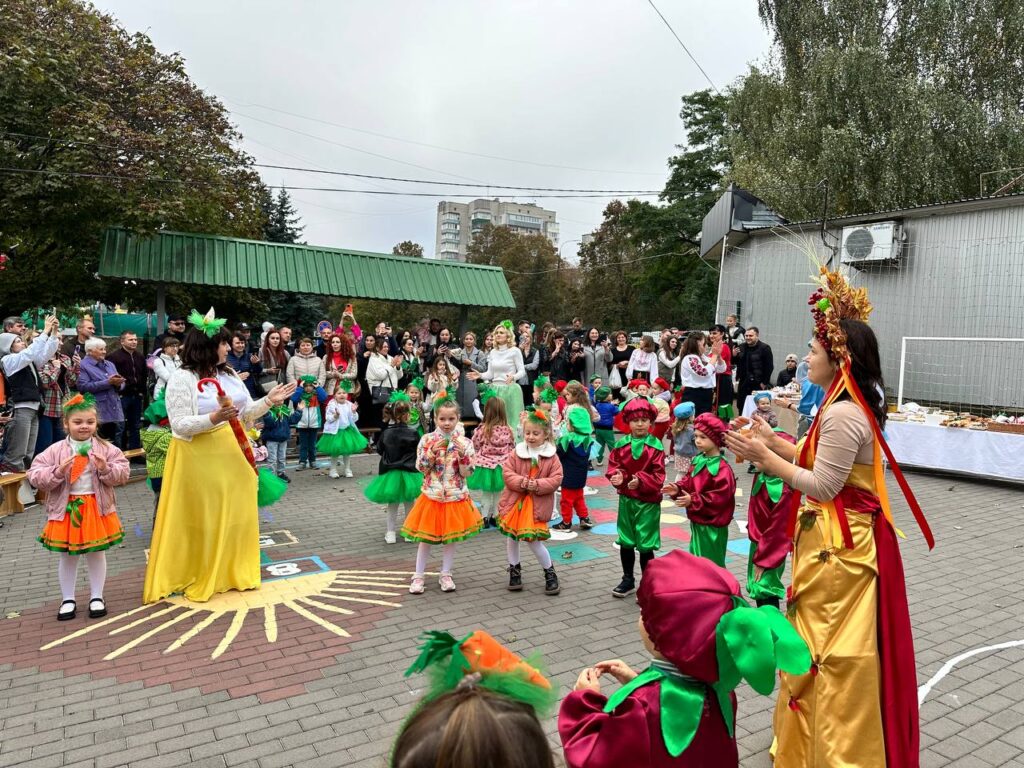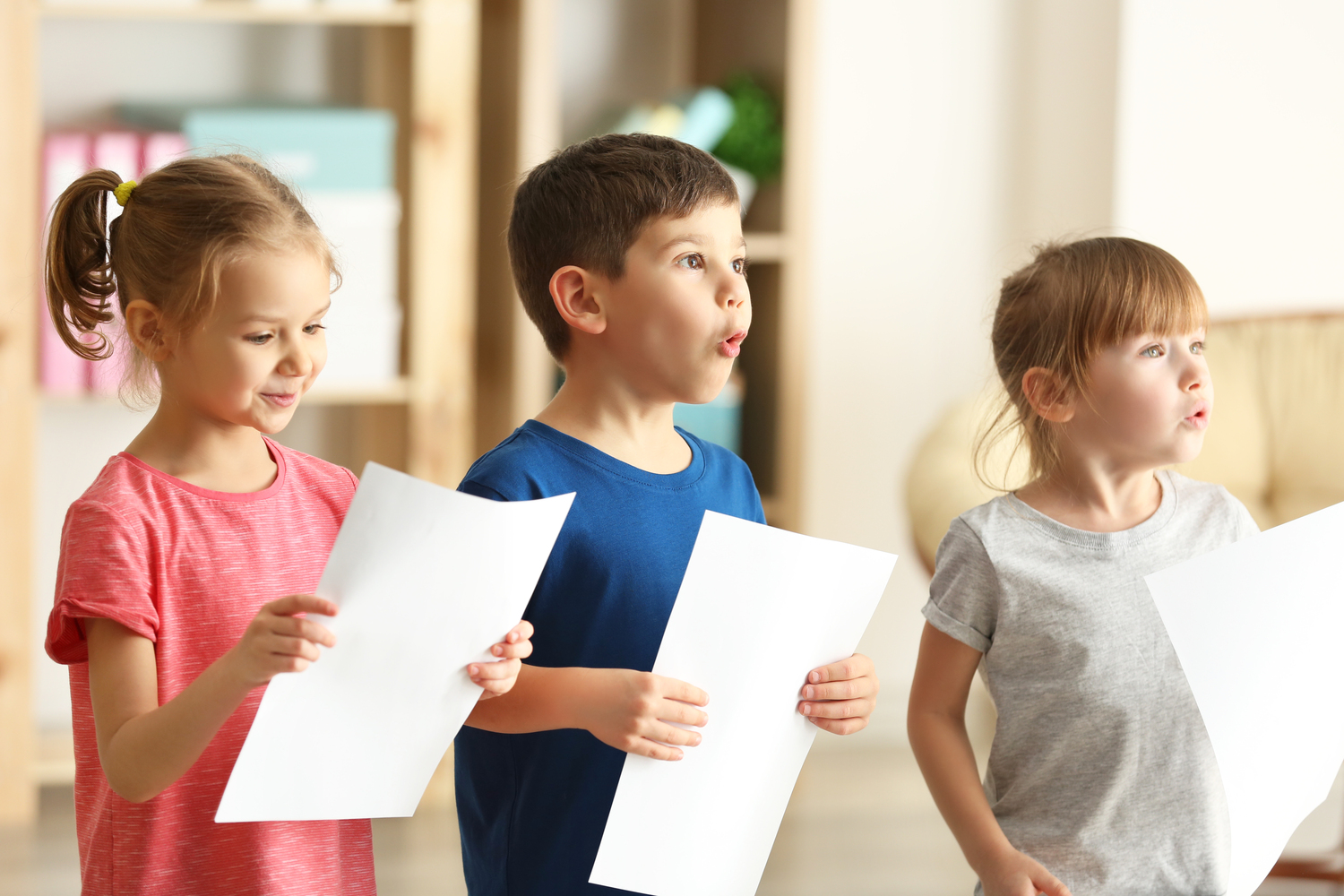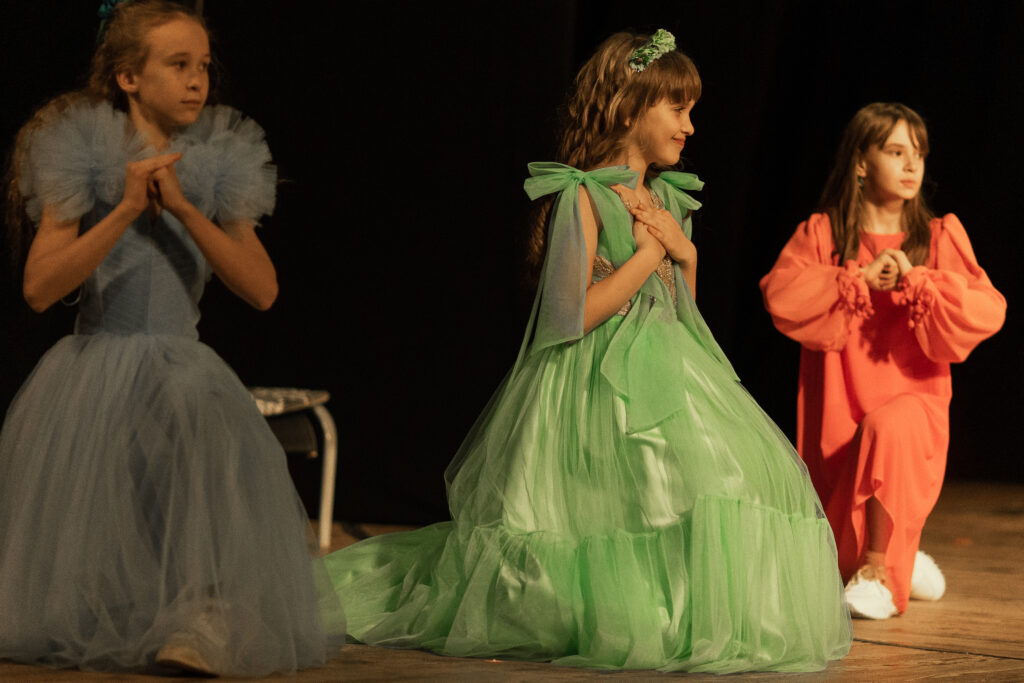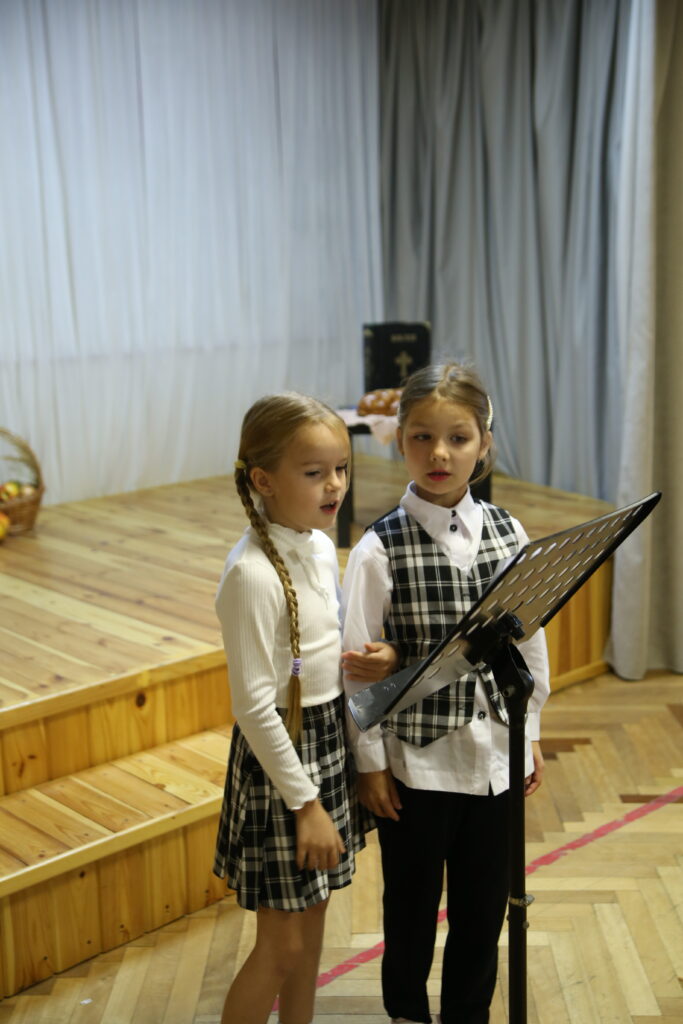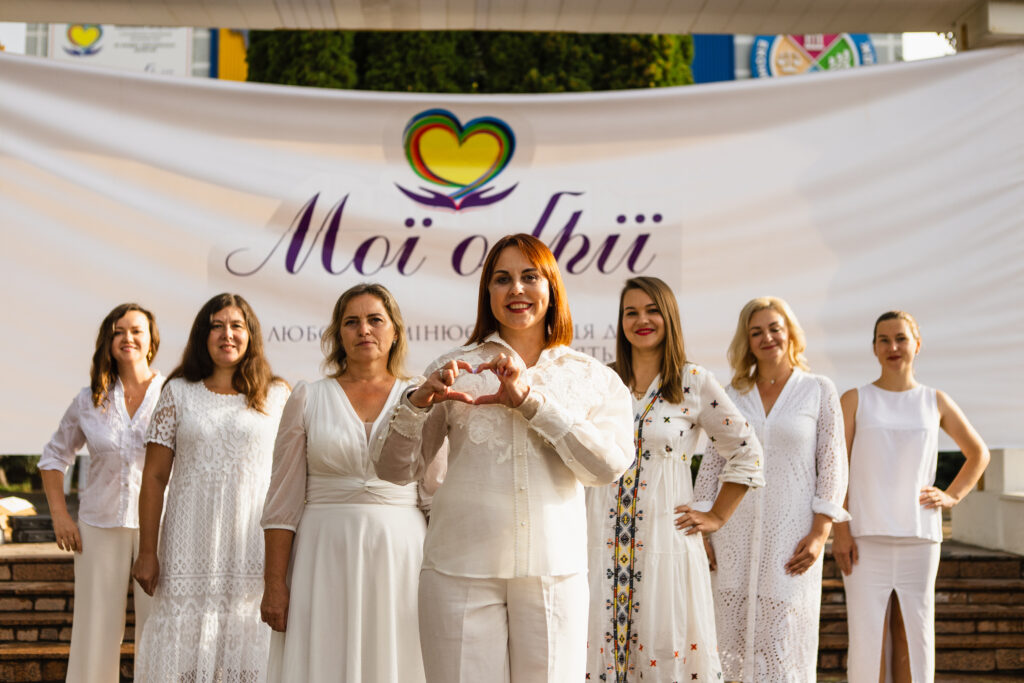Choosing a school is one of the most important decisions for parents, as it is here that knowledge and values that will influence the child’s future are laid down. In addition to acquiring practical skills, the school years build character, independence, and self-confidence. Therefore, it is extremely important that a child learns where he or she is comfortable, interested, and useful.
Public and private schools have their pros and cons. Public schools follow a standardized program and are free of charge. Private schools offer an individual approach, modern methods, and smaller classes.
What to choose in Khmelnytskyi? Let’s think about it together.
The difference between private and public schools
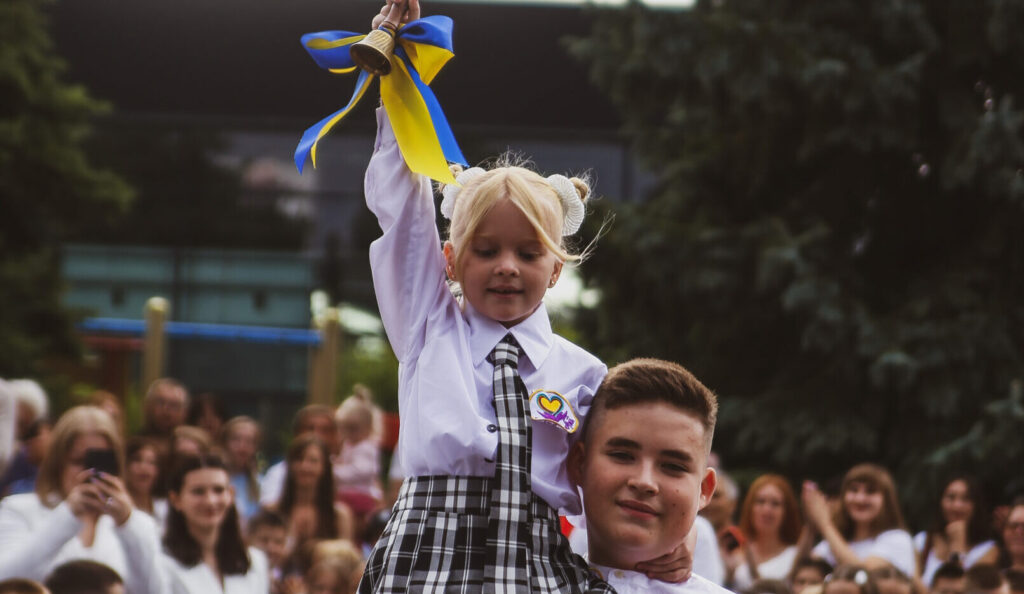
The main difference between private and public schools is the approach to education. Public schools follow a standardized educational program approved by the Ministry of Education of Ukraine. It is the same for everyone, and opportunities for individual development are very limited.
Private schools, on the other hand, have more freedom. They adapt programs to the needs of children, use modern methods and pay more attention to practical skills. They are usually more extensive and include specialized subjects, especially in middle and high school, where students form an idea of their future profession.
One of the key advantages of a private school is its compact classes. As a rule, an average public-school class has about 30 students or more, while private schools have 10-15 students or less. This means that teachers in private schools can pay more attention to each child, help them learn the material better and develop their strengths.

Another important factor is foreign languages and STEAM disciplines (science, technology, engineering, art, math). In most public schools, foreign languages are taught as part of the basic curriculum, and there are almost no integrated courses in programming, design, or robotics.
If it is important that a child not only memorizes textbooks but also learns to apply knowledge in practice, a private school may be the best choice.
Does private education justify its costs?

For many parents, the main argument in favor of public school is that it is free. But is it really possible to study in a public institution at no cost at all?
In fact, even in a regular school, parents regularly pay for textbooks, extracurricular activities, charitable contributions, creative clubs, and tutors. As a result, the amount can be considerable, especially if you need to further develop your child in different directions.
At first glance, private schools may seem expensive, but they offer a comprehensive approach that significantly reduces the need for additional costs. Tuition fees at the private school “My Horizons”:
- Elementary school (grades 1-4) – 10,000 UAH/month.
- Middle and high school (grades 5-11) – 11,000 UAH/month.
- Extended day care – 1500 UAH.
- Meals (breakfast, lunch, dinner) – from 1000 to 2000 UAH per month.
- Regular groups (18:00-19:00) – 1000 UAH.
If a family has two children, the second child receives a 20% discount. If a third child attends the school, he or she receives a 50% discount.
Why choose “My Horizons”?
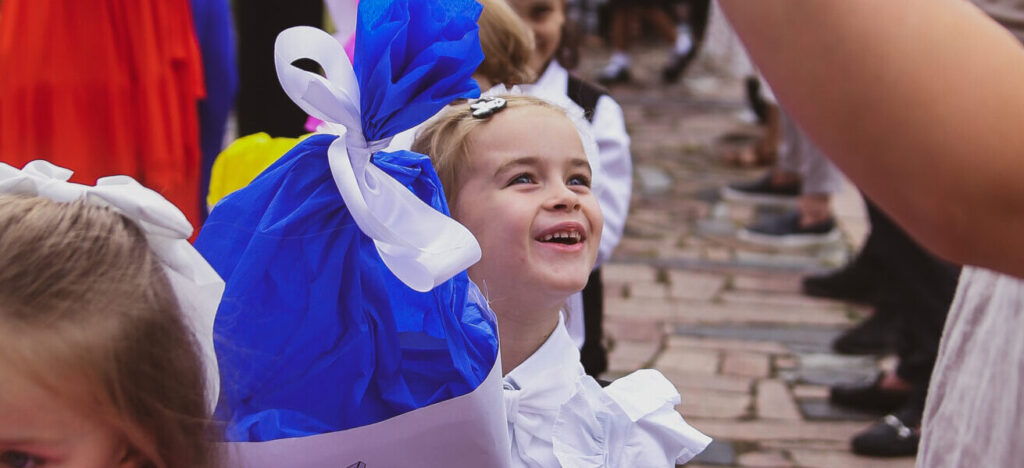
We believe that every child is unique and deserves an education that will unlock their potential. At “My Horizons”, students grow up in an environment where their abilities are recognized and developed. We use modern methods, an individualized approach and hands-on learning that prepares children for real life. Your choice today is their opportunity tomorrow.
